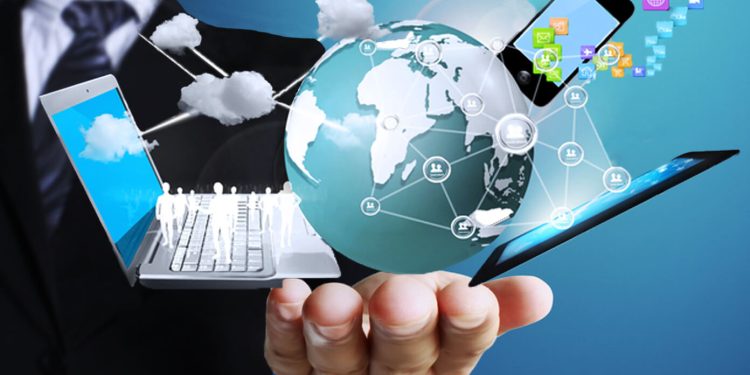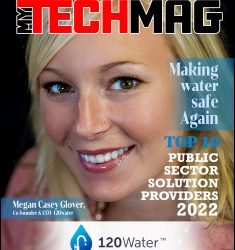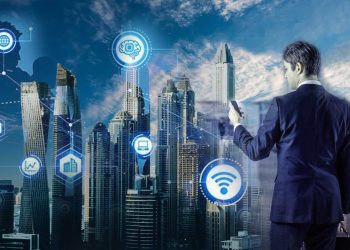The technologies are more powerful—and more indispensable—than ever before. After covid-19, both private and public sectors have realized its importance and are looking for ways to leverage it in the most productive ways possible. Talking of the public sector specifically, data and technologies helped it adapt quickly and continue serving citizens during unfavorable circumstances. Taking lessons from the pandemic, the public sector is looking to accelerate digital transformation to become more agile and resilient. This article explores the technology trends that will be the most relevant to the public sector as they address their most critical challenges in 2022.
A Push for More Automation
With the private sector embracing data and automation on a large scale, citizens expect the same data-driven and proactive approach from the public sector as well. For this reason, we’ll see more public sector agencies automating a range of tasks to improve the speed and efficiency of services. With the right automation tools, public sector agencies will be able to reap the following benefits:
- Simplified processes.
- Citizen-centric processes.
- Touchless, fast and paperless services.
- More cost savings and investment in other important initiatives.
5G making way for new possibilities
The 5G rollout is going to have a significant impact on the public sector. It will enable the public sector agencies to deliver digital services to more places, unlocking a broad range of opportunities, including:
- The optimization of decision-making.
- Faster service delivery.
- Better end-user experience.
- Unprecedented levels of real-time information for field workers.
- Creation of hyper-connected communities.
5G has a lot of potential to transform government operations, but for that to happen, a few changes will be required, including:
- Cloud integration.
- Modification of the existing applications and network infrastructure.
- Enhanced network security.
The Rise of Edge Computing
Edge computing enables the processing of data closer to its origin. As the public sector embraces modern technologies like IoT and 5G, an enormous amount of data will be generated. This will spur a greater need for data to be processed closer to where it is produced.
Embracing edge computing will enable the public sector to have the following benefits:
- Enhanced decision-making.
- Bridging the gap between old and modern government IT machines.
- Enhanced protection of sensitive government data.
- More cost savings.
The best use case for this technology in the public sector is the efficient management of smart cities. Putting the processors closer to roads and leveraging AI and ML can give autonomy to the traffic light systems.
Legacy modernization
Decades-old core systems and legacy infrastructure pose several risks and limitations. To deal with the disruptions resulting from those risks and constraints, CIOs need to accelerate legacy infrastructure modernization. The pandemic heightened the awareness of the risks and the need for modernization, so legacy modernization will be a big trend in the public sector as we step into the New Year.
A recent study predicts that more than 50% of public sector enterprises will have modernized their core legacy applications to become more resilient and agile in the next three years.
Hyper-automated Public Services
In 2022 and beyond, government agencies will focus on using multiple tools, technologies, or platforms to automate as many IT processes and businesses as possible. The public sector has already embraced RPA technology across several federal agencies. But there are still several government processes that are done manually, forcing employees to spend several hours on low-value activities. Public sector leaders have recognized the immense potential hyper-automation holds. So, as we advance, they may use hyper-automation principles and practices to develop highly automated, hyper connected, end-to-end public services and processes that require minimal human intervention and shifts employees to high-value work.
According to a study, 75% of governments will adopt hyper-automation initiatives by 2024.
More emphasis on personalization
Post-pandemic, people have become more comfortable interacting with services online and using technology. As consumers, they have experienced personalization in different areas of their lives. So they are starting to expect the same level of personalization from the public sector services as well. 88% of public sector leaders believe that personalized services could benefit their sector to offer opportunities to improve the citizen experience.
Cloud as the critical enabler
The pace of cloud migration in the public sector will increase in 2022. The sector will likely look to cloud platforms as a critical basis for IT modernization programs that can help bring down costs and increase efficiency while facilitating the effective delivery of citizen services. Although there are challenges that exist in large-scale cloud technology adoption, such as budget constraints, large and diverse customer base, etc., the benefits outweigh the challenges. So it is expected that there will be a massive adoption of cloud technology in the times to come.
Embracing a hybrid life
A recent survey revealed that about 60% of public sector employees worked remotely during the pandemic. Stepping into the next phase of the global health crisis, the government agencies are planning to experiment with hybrid work culture, meaning employees can continue to work from home on certain days. But to ensure the success of this model, government agencies need to put in place the enabling policies, technologies, and procedures.
Empowered smart cities using IoT mesh
City asset management and environmental monitoring are two significant challenges urban managers face. With the deployment of innovative city technologies in areas such as energy, transportation, water, and waste management, the living conditions within urban settings can be significantly improved. But for that to happen, the data from all these different sources need to be brought together to derive real insight and intelligence. It’s only through data-driven insights, tangible benefits in terms of a healthy, economically viable, and sustainable city can be obtained. A harmonized mesh of IoT, sensors, AI, edge, and smart devices will provide a secure ecosystem for greater security and efficiency.
Final words
Technology is an ever-evolving space. By following the latest tech trends, public sector enterprises can make informed choices and guide their decisions as they explore opportunities to improve and innovate.








